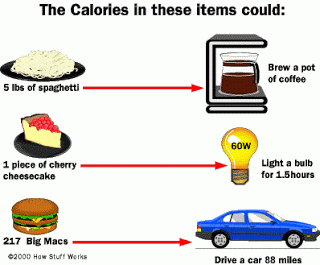The brain can "feel" the calories in the food regardless of the mechanisms of taste, there’s evidence from a study conducted on mice by a team of biologists of Duke University Medical Center.
The researchers, who describe their study in an article published in the journal Neuron, have found that the brain's reward system is activated by a sort of "sixth sense". As Ivan de Araujo and his colleagues explain, in the experiment were used genetically modified mice so that the cell receptor that detects the sweet taste lacked an essential protein, making the mice "blind" with respect to the sweet sensation.
Then researchers subjected these modified rats and a group of normal mice to tests where they were given sugar solutions and non-caloric sweeteners. In these tests the mice numb to sweet taste still preferred the sugary, caloric solution; it turned out that all mice brain reward circuits and the levels of dopamine are activated by caloric intake, regardless of the ability to feel the taste.
De Araujo concludes the study has shown that the reward system, which previously had been associated with the detection of a reward value by compounds pleasing to the palate, responds indeed to the caloric value of the sugar when there are no signals from taste receptors. So these brain circuits do not encode only the impact related to the pleasantness of foods, but can perform functions not yet identified which include detection of gastrointestinal and metabolic signals.
The discovery, researchers say, has important implications for understanding the pathogenesis of obesity.
Scheme of the contribution of the insular cortex in food-related processes.
Especially the anterior and mid-dorsal part of the insular cortex respond to
(A) high-caloric food cues and show
(B) increased activation in obese subjects and
(C) in a hungry condition after stimulation with food items.
(D) Lean subjects showed higher resting state connectivity pattern in the salience network, including the insular cortex.
(E) Also patients suffering from an eating disorder show enhanced activation in this region.
(F) Obese subjects’ regulation ability during an fMRI (functional magnetic resonance imaging) based neurofeedback paradigm is higher compared to lean subjects.
Source: Frontiers in human neuroscience - PubMed






